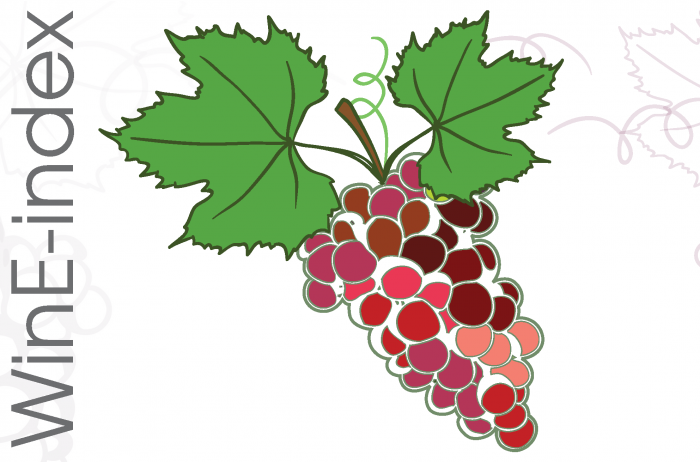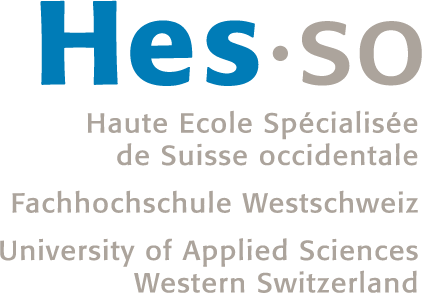
Entwicklung eines Sensors unter Verwendung der dielektrischen Polarisation für die Gärung und Extraktionsüberwachung während der Weinproduktion
Die Gärungsüberwachung bei der Weinherstellung erfolgt heute meist durch Dichtemessung, entweder manuell oder automatisch. For red wine production, a crucial step for final wine quality - extraction of the compounds of interest present in berry skin (mostly polyphenols or "anthocyanins and tannins") - occurs also during fermentation phase. Derzeit gibt es trotz des Tastings kein effizientes Instrument zur Entscheidungsfindung, um den Klärungszeitpunkt zu bestimmen, da es schwierig ist, zuverlässige Informationen über ein komplexes Medium mit einer schnellen und einfachen Analyse zu erhalten.
In order to develop a sensitive analytical alternative for extraction level and fermentation monitoring, a multidisciplinary team was formed, grouping personnel from CHANGINS and HEIA-FR, with competences in oenological processes, chemical analysis, applied electronics and spectroscopy. Gemeinsam identifizierten die Projektmitarbeiter einen innovativen und vielversprechenden Ansatz für die Gärungsüberwachung: die Verwendung der dielektrischen Spektroskopie.
Using a large range of electromagnetic wavelengths, dielectric spectroscopy is a technique often used for electrical characterization (insulation, material with a high energy storage capacity, ...). For some years, food processing industry benefits as well from the potential offered by this technique, for example, for the evaluation of fruit quality or for apple juice pasteurization. Since the tests are fast and do not destroy the material, the spectroscopy turned to be an adapted experimental tool for in-line measurement as well as long-term monitoring. Die Methode basiert auf der Anregung von Dipolen (Polymerketten oder Molekülen) oder Ionen, die mit den Eigenschaften eines schwachen äußeren elektrischen Feldes in Verbindung stehen.
In diesem Zusammenhang schlagen wir das Projekt " WinE-index " ("WineExtraction-index") vor, um eine Korrelation zwischen den dielektrischen Eigenschaften und anderen Merkmalen oder physikalisch-chemischen Eigenschaften des Traubensaftes während der Gärungsphase herzustellen. The main objective of the project is to propose a technique allowing to obtain appropriate indicators related to the wine composition during fermentation from a rapid and non-destructive evaluation. The challenges will be the distinction between dielectric responses of significant markers (ethanol, anthocyanins and condensed tannins) and the evaluation of external element impacts having an influence on dielectric properties, for example, ions (K+), organic acids or solid particles.
In order to complete our mission - supply to the winemakers quantitative indicators to complete their sensory analysis in order to help them with decision - we propose the development of an innovative sensor, showing an important market potential. Usable offline as well as integrated in inline systems, it will allow to monitor the fermentation as well as the extraction level.
2020 - in progress
Partners: HEIA-FR (Institutes Energy und iPrint)
Funding: HES-SO


